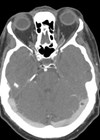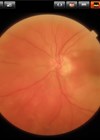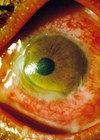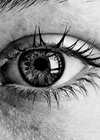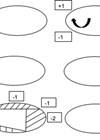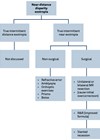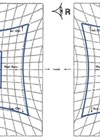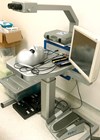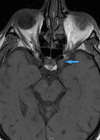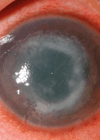Top Tips
Cavernous sinus syndrome
Anatomically the cavernous sinus is a plexus of multiple veins that are connected and within this plexus there are several important vascular and neurological structures. These include cranial nerves III, IV, V1 (and sometimes V2), VI as well as the...
It’s not always GCA
Giant cell arteritis (GCA) is an immune mediated granulomatous inflammatory disease that affects muscular middle or large sized arteries. It is considered as a continuation of polymyalgia rheumatica (PMR) when the severity of the disease has increased. It is the...
Sexually transmitted conjunctivitis – the REALLY sticky eye
Let’s face it, patients with conjunctivitis don’t always produce the most stimulating consultations and most of the time we can manage them in auto-pilot. The prospect of delving into such a patient’s sexual history is not overly appealing, but this...
Ophthalmology in the COVID-19 pandemic
The novel coronavirus pandemic has affected the whole world and forced all of us to think of new ways to manage our day to day personal as well as professional life. I am not going to talk about the clinical...
Making sense of the orthoptic assessment
Following the Specialty Trainee article on this topic in the February/March 2020 issue, Joe Smith provides a more detailed breakdown of the orthoptic report. Orthoptists investigate, diagnose and manage a wide variety of patients with varying problems. In this article,...
Management of squint with near-distance angle disparity
These are a group of strabismus disorders where the angle of misalignment is different between near and distance. The focus of this article will be on the patients where the angle for near exceeds the distance angle by more than...
Non-organic visual loss
Patients can present to eye departments with various signs and symptoms (mostly symptoms) with no obvious organic cause. These patients can be labelled with any of a wide range of diagnoses such as functional visual loss, functional overlay, psychosomatic reaction...
Conservative management of concomitant strabismus
The aim of management for all patients with strabismus should centre around four goals: to prevent amblyopia, to alleviate symptoms, to restore binocular single vision (BSV) and to improve ocular alignment. The conservative management options available for strabismus include observation,...
Sixth nerve palsy versus decompensating distance esophoria
Orthoptists see a wide range of conditions that can range from reduced binocular single vision (BSV) that may be solved with exercises, to more extreme neurogenic cases requiring further intervention. Because of this variety, it is important to be able...
Cataract surgery supervision
Senior trainees supervising other more junior trainees’ cataract surgery is a skill which needs to be taught and developed with care. It is beneficial for senior trainees as it provides an opportunity to develop supervision techniques prior to consultancy and...
Typical or surprisingly uncharacteristic presentations of neuro-ophthalmic emergencies
Irrespective of geographical location or patient cohort, emergency departments are high risk locations capable of inspiring extreme anxiety and dread in patients and doctors alike. The stress multiplies when a walk-in or referred case is suspected of underlying neurological pathology....
How to diagnose and treat Acanthamoeba keratitis
Corneal ulceration caused by Acanthamoeba is on the rise, and recent publications indicate an outbreak in the UK over the last few years [1]. Since Acanthamoeba keratitis often presents with atypical features, diagnosis from slit-lamp examination alone can often be...


